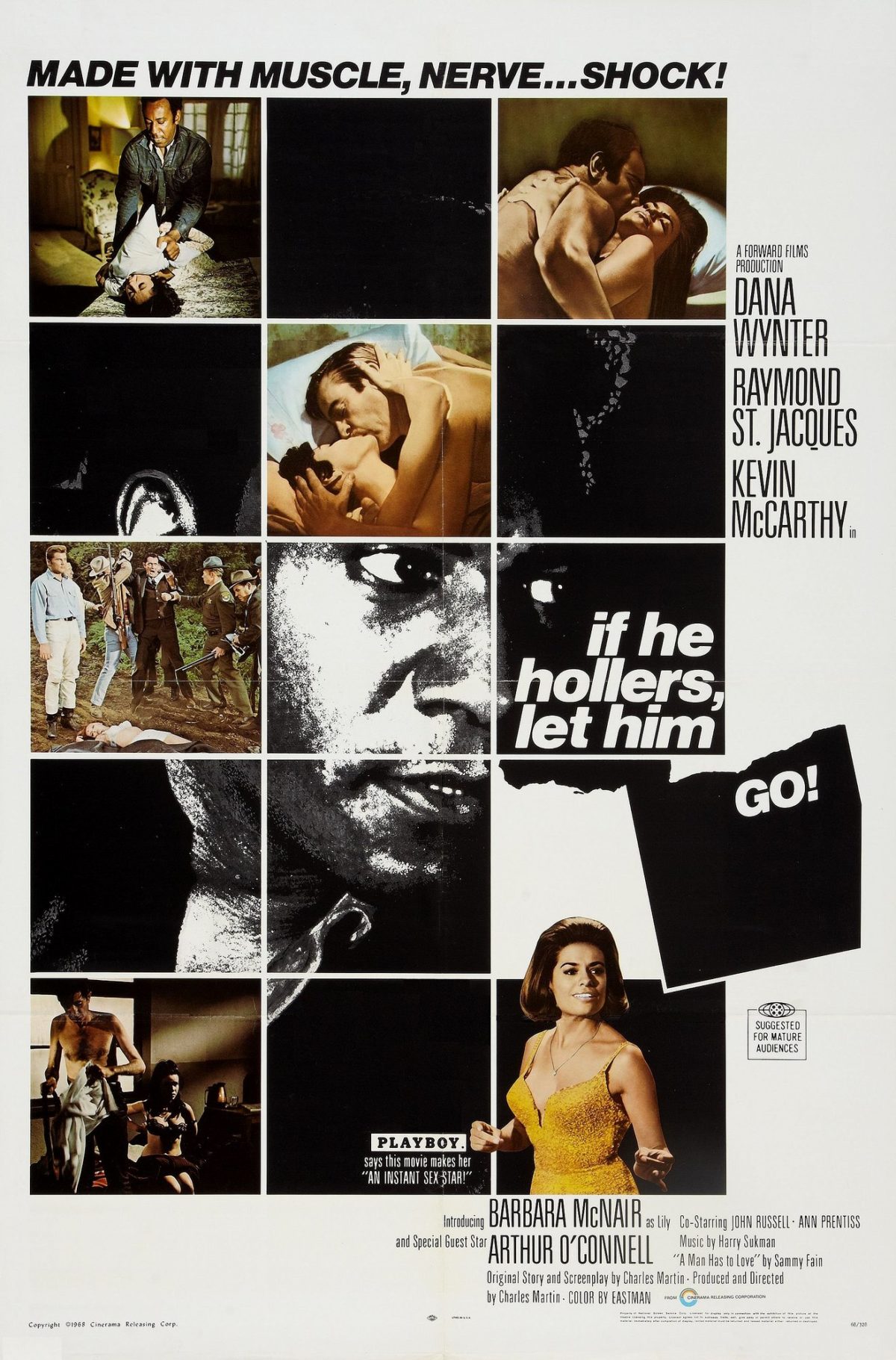The English language inherently has implicit biases. Putting race aside, white is associated with purity, honesty, cleanliness, and peace. However, black has associations with darkness, fear, and discomfort. When these words are introduced to describe anything, there are automatic connotations, including when speaking about race. In The Expendable Man by Dorothy Hughes, she intentionally excludes any descriptions of race when introducing characters. Hughes is playing with the language allowing the reader to determine for themselves who is good and who is bad without having the preconceived perceptions. However, it does not take long for the main character, Hugh Densmore’s identity and all its implications to be exposed. Not only does the reader find out that Hugh is black but automatically that he is one he is considered a murderer. His established and respected reputation that was created at the start of the book by his upper class status and occupation of a doctor is completely diminished. The class distinctions that were at the forefront at the beginning of the story become irrelevant and immediately Hugh casted out to the margins where he has to be cognizant of every move he makes. By the end of the story, Hugh’s upper class distinction does prevail over his racial status as he is able to make the proper connections to escape the murder allegations. Furthermore, his race actually is beneficial to him when his love interest, Ellen, chooses him over another man because he is black. Yet, regardless of how the story prevails in the end, it is especially interesting the tactics Hughes uses to avoid these language barriers and misunderstandings that are present in the English language.
As we approach the second half of the semester, I want to take an intentional look at the language used surrounding race and if the use of black and white automatically introduces stereotypes for the remainder of the story before the plot occurs
